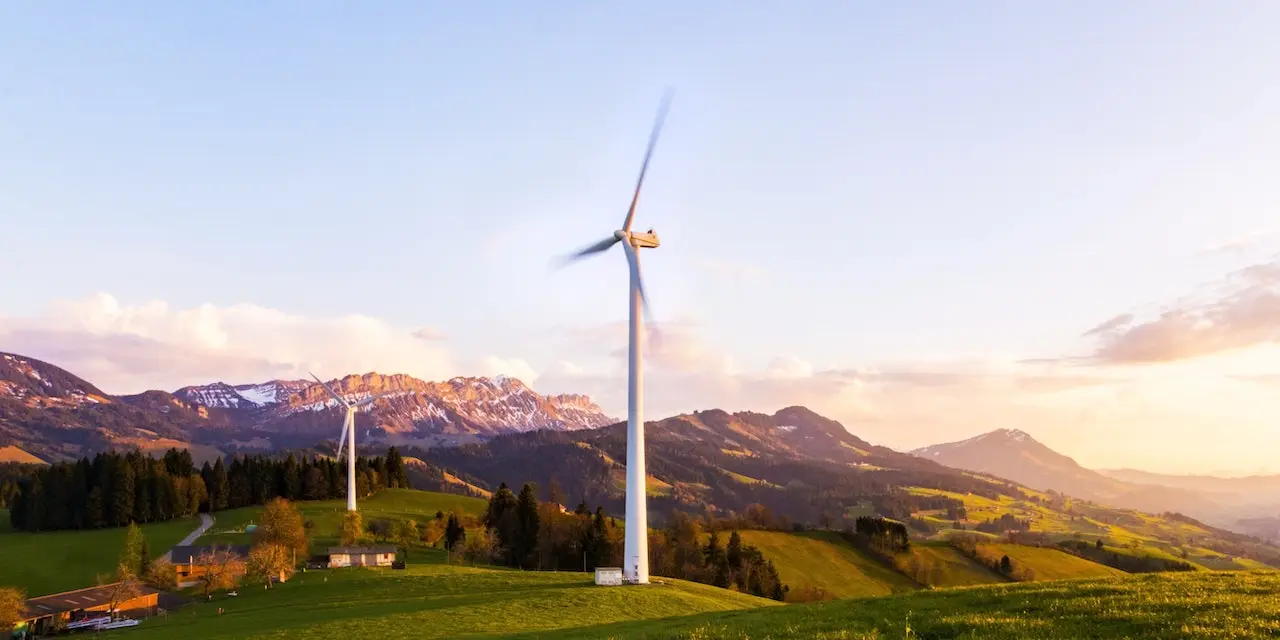
Enel Grids is revolutionizing the design of its secondary substations, ensuring that they are even more sustainable and that they blend in with their urban surroundings. This is now possible thanks to the Enel Box, the new design concept according to which substations will be built using eco-friendly materials and fewer components, thereby reducing the carbon footprint of infrastructure and easing their ability to integrate with urban, rural and historic areas.
“We need increasingly sustainable, resilient and interactive distribution grids so that we can enable the energy transition and accelerate towards a zero-emission future,” said Antonio Cammisecra, Head of Enel Grids. “It is precisely in order to achieve this goal that the Group has adopted the Grid Futurability approach and has teamed up with all stakeholders to rethink the key components of its grid infrastructure in an open and cooperative ecosystem. In the future we will be investing heavily in secondary substations; in fact, we have built one substation a day in Italy in the last year alone. Future substations will become symbols of decentralized intelligence for accommodating renewable generation in the best possible way, as well as flexibility and the new needs associated with consumer electrification.”
Developed by Eugenio Bini, the new design of the “Enel Box” secondary substations is part of a larger program initiated by Enel Grids to sustainably redesign essential electricity infrastructure for medium-to-low voltage transformation and for controlling and protecting the grid. There are now 245,000 substations in Italy and 148,000 in Spain. The aim is to turn them into increasingly innovative tools so as to exponentially increase the amount of energy from renewable sources being fed into the distribution grid, thereby achieving energy consumption electrification. This commitment is in line not only with the Group’s strategy (Enel’s Strategic Plan 2023-2025 allocates 40% of the planned total investment amount of 37 billion to grids), but also with the framework of the NRRP – Italy’s National Recovery and Resilience Plan. In fact, by presenting several projects, especially as part of the mission related to the “Green Revolution and Ecological Transition” (M2), Enel has won tenders worth almost 4 billion euros, of which 3.5 billion will be dedicated to upgrading and modernizing distribution grids so that they can become smart grids.
The planning phase of the secondary substation design will be completed by 2023, whereas the installation of the new Enel Grids electricity infrastructure in Italy will start in 2024 and will then continue in all the countries in which it operates. In addition to the new design, the substations will feature advanced digitalization technology, powerful devices with decentralized computing power, and more sustainable transformers that can increase the efficiency of distributed generation and electricity flows – which are becoming increasingly bi-directional.
The design concept was chosen through an open competition launched by Enel Grids on the Enel Open Innovability® crowdsourcing platform, which internationally renowned professionals and design studios took part in, with a focus on Open Innovation. The goal of the global competition was to develop new substation design systems based on the principles of sustainability and on a “circular by design” approach so that architectural elements can be adapted to various contexts of use.
The proposals were evaluated by a jury of experts consisting of Paolo Cresci, Head of Sustainable Development at ARUP, Alberto Iacovoni, Master’s programs coordinator at the Istituto Europeo di Design, Francesco Cascino, founder of Art Thinking, Katiuscia Eroe, Energy Manager at Legambiente Nazionale, Romano Giglioli, Professor at the University of Pisa – EnSiEL, Claudio Raviolo, Architect and Partner at Studio Citterio-Viel, and Simona Maschi, CEO and cofounder of CIID – Copenhagen Institute of Interaction Design. Five design proposals were awarded out of a total of 38 examined by the jury: Eugenio Bini’s concept “Enel Box” won first place for its “modularity, simplicity and flexibility in relation to different contexts”.
Enel is a multinational power company and a leading integrated player in the global power and renewables markets.
At global level, it is the largest renewable private player, the foremost network operator by number of end users and the biggest retail operator by customer base. The Group is the worldwide demand response leader and the largest European utility by ordinary EBITDA[1].
Enel is present in 30 countries worldwide, producing energy with more than 90 GW of total capacity.
Enel Grids, the Group’s global business line dedicated to the management of the electricity distribution service worldwide, delivers electricity through a network of more than 2 million kilometers to approximately 73 million end users. The Group brings energy to around 67 million homes and businesses. Enel’s renewables arm Enel Green Power has a total capacity of more than 59 GW and a generation mix that includes wind, solar, geothermal, and hydroelectric power, as well as energy storage facilities, installed in Europe, the Americas, Africa, Asia, and Oceania. Enel X Global Retail, Enel’s global advanced energy services business line, has a total capacity of around 8.5 GW of demand response managed globally and has installed around 75 MW of behind-the-meter storage capacity. In addition, Enel X Way is the Group’s company fully dedicated to electric mobility, managing over 500,000 public and private EV charging points worldwide, both directly and through interoperability agreements.
Source link: https://www.enel.com/








